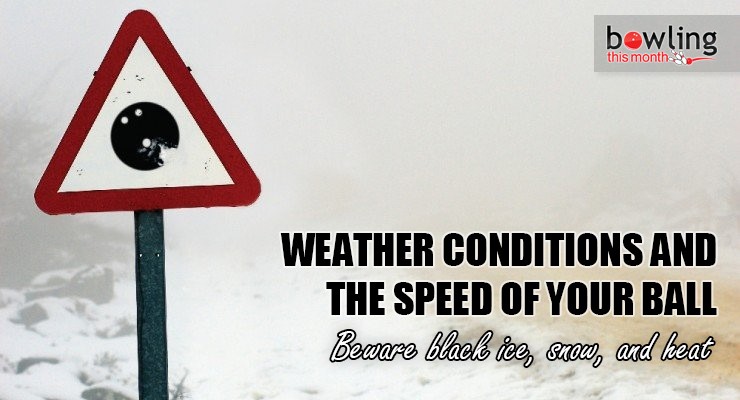As many of you who have read my articles know, when I discuss timing in the physical game, my preference is to refer to it as rhythm. There is another timing in bowling that many players overlook and, quite frankly, get very confused about. That is the timing of the movement of the bowling ball on the lane. The pins are the masters of telling you whether that timing is correct or not! With that said, timing in this instance is the control of the speed of the bowling ball.
Colors and the weather can help you create an image that will aid in your understanding more about speed as well as how many things can affect the speed of the bowling ball. These descriptions are based off something that most of us have had to deal with in our lifetime, the weather. It will help you understand more than you can imagine.
Before moving on there is one thing all players need to understand: all bowling balls create friction. What matters is how much friction they create. The friction that is created between the surface of the ball and the surface of the lane will cause the bowling ball to slow down. That slowing down allows the ball to make its motion on the lane, also known as hook. The trick is to know when, where, and how much to have the ball slow down to optimize your scoring potential.
In the black ice photo, the black rectangle in the middle of the heads represents “black ice”, one of the slickest weather-related phenomena we deal with.
Black ice is a way to think of the heads when the oil pattern is fresh and there is a lot of oil in the heads. Since oil limits friction, it causes the ball to travel quickly through the front of the lane, much the same as hydroplaning. When the front part of ...
Already a premium member? Click here to log in.


